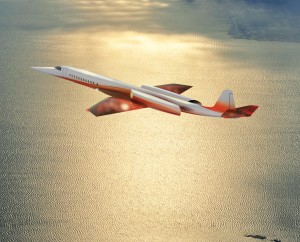Current research teams at Harvard are looking into new organic molecule known as quinone. With the help of Japanese industry, they have found that optimal batteries for this state would need to be flow batteries. The liquid power tanks could hold days of energy for solar and wind farms in comparison to the batteries that hold just a few minutes of energy to regulate fluctuations. The issue with these flow tanks of this molecule is that they would cost about $700 per kilowatt hour. The reasoning behind this is that on the positive side of the battery would be an expensive bromine ion complex. For batteries to be economically feasible within the industry, the target price needs to be $100 per kilowatt hour. Harvard has discovered a battery that could reduce the price to as low as $27. Quinone is one of the main reasons for it. Continuing the search for efficiency, they are running simulations and tests narrowing down possibilities from a 10,000 variant table searching for the right conditions like voltage levels, ability to withstand charging and discharging, and dis-solvable in water. Though not involved with Harvard, Robert Savinell, professor at Case Western Reserve University has dived into the project as well. He sees that Quinone is a realistic economic possibility to pushing the solar and wind industry into mainstream use. His skepticism consists in that, can the dis-solvable organic molecule continue its marvelous conducting results 10 to 20 years from now. The sustainability is a key factor to the success of Harvard’s research.
http://www.technologyreview.com/news/523251/new-battery-material-could-help-wind-and-solar-power-go-big/
http://www.seas.harvard.edu/news/2014/01/organic-mega-flow-battery-promises-breakthrough-for-renewable-energy
http://en.wikipedia.org/wiki/Quinone




